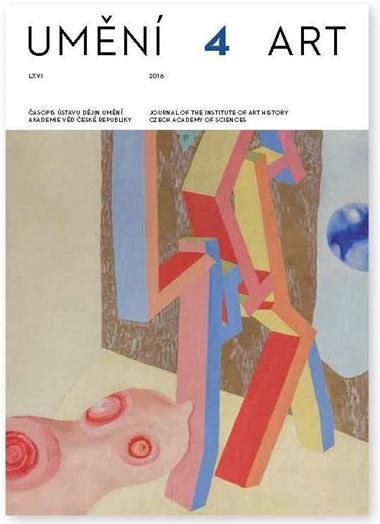Jindřich Toman
The Woman Is Hollow: Toyen’s Melancholy In-Sights
The present essay discusses the imagery of emptiness, or hollowness, of human bodies as it evolved in Czech Surrealism throughout the 1930s. Among the striking examples are images of hollow women by Toyen (1902–1980), some of which are analyzed here. Crucial for any detailed account of Toyen’s work, they invite observations that lead beyond the purely visual, including the presence of cultural melancholy, the force of peinture féminine, and the interfaces of art and poetry. The article establishes a selection of Toyen’s ‘hollow bodies’ from the 1930s and connects them with two major representatives of modern Czech poetry, Vítězslav Nezval (1900–1958) and František Halas (1901–1949, both of whom used the motif of hollowness in their poetry. Halas, moreover, can be considered as a representative of melancholy poetry in the 1930s. The article subsequently documents the presence of the motif of hollowness in Toyen’s drawings of the late 1930s and, in particular, the drawings that accompany the illustrated books she did in collaboration with the surrealist poet Jindřich Heisler (1914–1953) in the 1940s. The analysis suggests that at this point Toyen’s imagery loses the melancholy quality, assumes the quality of fear, and becomes generalized. The article concludes with a brief comparison between Toyen and František Muzika (1900–1974). The juxtaposition suggests that Muzika’s concept of female torsos are not necessarily expressions of melancholy but allegoric images of mourning related to the destruction of Czechoslovakia in 1938–1939.
Full-text in the Digital Library of the Czech Academy of Sciences:
https://kramerius.lib.cas.cz/uuid/uuid:a80e8d57-f246-4370-bb33-eb79c6cc3392
< back

